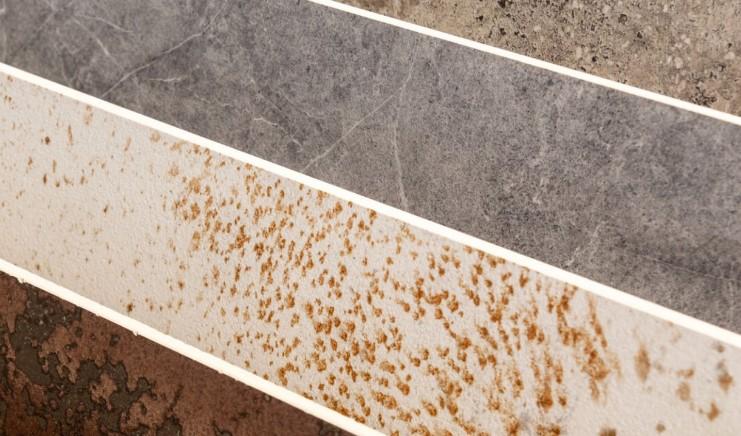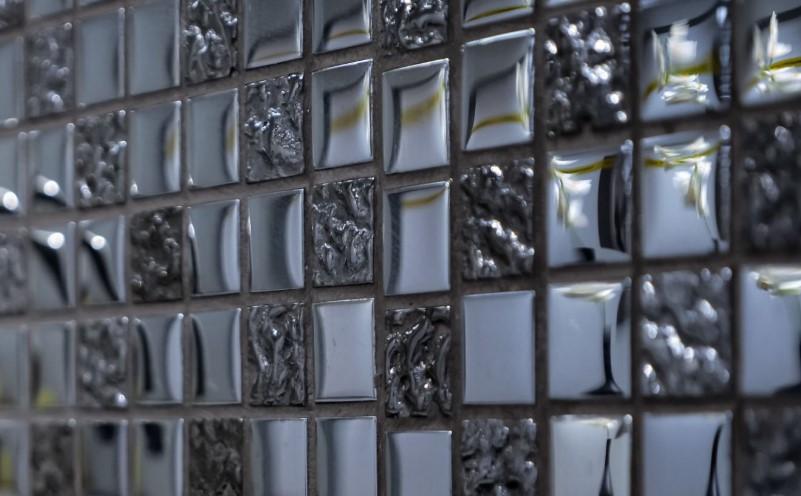Tile installation is a specialized craft that plays a crucial role in both residential and commercial construction projects. Whether it’s flooring, walls, backsplashes, or even intricate mosaic designs, skilled tile installer are the unsung heroes behind the beauty and durability of tiled surfaces. In this comprehensive guide, we delve into the world of tile installation, exploring the skills, techniques, and challenges faced by tile installers, along with essential tips for achieving exceptional results.
Understanding the Role of a Tile Installer
At its core, the job of a tile installer involves meticulously laying tiles to create aesthetically pleasing and functional surfaces. This profession demands a blend of technical proficiency, artistic flair, and attention to detail. Tile installer work closely with contractors, designers, and homeowners to bring their vision to life while ensuring structural integrity and adherence to safety standards.
Essential Skills for Tile Installation
Successful tile installation requires a diverse set of skills honed through training and experience. Precision measuring, cutting, and layout planning are fundamental skills that ensure tiles fit seamlessly within a given space. Additionally, proficiency in surface preparation, such as substrate leveling and waterproofing, is crucial for long-lasting installations. Excellent hand-eye coordination and the ability to work with various tools, adhesives, and grouting materials are also essential for a tile installer’s success.

Types of Tiles and Installation Methods
Tile installers work with a wide range of tile materials, including ceramic, porcelain, glass, natural stone, and mosaic tiles. Each type of tile comes with its unique characteristics, requiring specific installation methods and considerations. For instance, while ceramic and porcelain tiles are popular choices for their durability and versatility, natural stone tiles demand extra care due to their inherent variations and susceptibility to damage. Installers must be well-versed in different installation techniques, such as thin-set mortar, adhesive mats, and floating systems, to accommodate various tile types and project requirements.
Surface Preparation and Substrate Considerations
Proper surface preparation is the foundation of a successful tile installation. Before laying tiles, installers must assess the substrate’s condition, ensuring it is clean, level, and structurally sound. This may involve removing old flooring, repairing cracks, and addressing moisture issues to prevent future damage. Additionally, applying suitable underlayment and waterproofing membranes is essential, especially in wet areas like bathrooms and kitchens, to protect against water infiltration and mold growth.
Tools and Equipment for Tile Installation
Tile installers rely on a range of specialized tools and equipment to execute their work with precision and efficiency. Basic tools such as tile cutters, trowels, and spacers are essential for cutting and setting tiles accurately. Advanced equipment like wet saws, tile leveling systems, and grout floats help streamline the installation process and achieve professional results. Moreover, safety gear such as knee pads, goggles, and respirators is indispensable for protecting installers from workplace hazards and ensuring their well-being on the job.

Challenges and Solutions in Tile Installation
Despite meticulous planning and execution, tile installation can present various challenges that test an installer’s problem-solving skills. Issues like uneven substrates, intricate layouts, and challenging architectural features require adaptability and expertise to overcome. Experienced installers draw on their knowledge of alternative techniques, specialized products, and creative solutions to tackle unexpected hurdles and deliver flawless results. Effective communication with clients and project stakeholders is also key to managing expectations and addressing concerns throughout the installation process.
Best Practices for Tile Installation
Adhering to best practices is essential for achieving high-quality tile installations that stand the test of time. This includes following manufacturer guidelines for substrate preparation, adhesive application, and grout curing to ensure optimal performance and longevity. Additionally, maintaining cleanliness and organization on the job site helps minimize errors and enhance productivity. Regular inspection and quality control measures allow installers to identify and address any issues promptly, preventing costly rework and ensuring client satisfaction.
Continuing Education and Professional Development
In a rapidly evolving industry, staying abreast of the latest trends, technologies, and techniques is imperative for tile installers to maintain their competitive edge. Participating in workshops, seminars, and certification programs enables professionals to expand their skills, network with peers, and stay informed about industry standards and best practices. Moreover, ongoing professional development fosters a culture of innovation and excellence, driving continual improvement in the art and craft of tile installation.
Conclusion
Tile installation is a blend of science and artistry, where precision meets creativity to transform spaces into functional works of art. Skilled tile installers play a pivotal role in realizing the vision of architects, designers, and homeowners, bringing beauty, durability, and craftsmanship to every project. By mastering essential skills, embracing innovation, and upholding best practices, tile installers uphold the highest standards of quality and professionalism in their craft, ensuring stunning results that stand the test of time.






